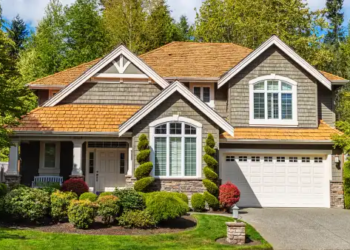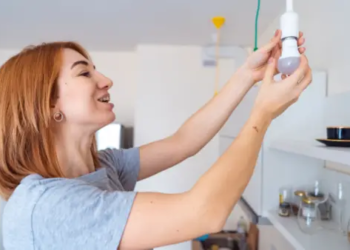With the high cost of real estate in Toronto continuing to push potential home buyers out of the market, some city dwellers are starting to look outside the core, choosing to rent where they can bike to work and enjoy sidewalk patio culture and instead buying an out-of-town property as an investment.
For younger buyers juggling the trade-off between budget, space and amenities who can’t afford to buy the house they want in the metro area, purchasing real estate in smaller, more affordable markets can be an excellent way to get on the property ladder, suggests Zoocasa Realty agent Carlos Moniz. Where Hamilton real estate used to seem far, communities even farther away are seeing new interest from buyers, he says.
Expand your horizon beyond the downtown core
His advice for people looking to get started this way is to be open-minded. He urges buyers looking outside the city core to take a look at housing they might not have necessarily considered for themselves, both in terms of location and size. You may not want to live in a townhouse, but others might, and to some, an hour-long commute is really no big deal.
“First-time home buyers tend to be very fixed on the idea that this is how it has to be. But when you start approaching things from an investment standpoint, you realize there are other ways of looking at owning property, and using leverage to build wealth,” Moniz says.
Renters in the suburbs are usually looking for more stability than those in the city and may be willing to rent for longer than one year, he notes. As well, since many suburban tenants come together as families, they’ll usually have multiple sources of income. The more financially secure your tenants are, the more secure your investment.
Are you ready to be a landlord?
Of course, a move such as this assumes you’re solvent, command a reasonable income, and are prepared for some of the challenges that come with being a landlord. Ideally, good tenants keep the property clean and tidy, but things still break. Are you prepared to travel onsite to fix things or at least let the plumber in when something leaks? That’s fine if you live nearby, but having to grab the GO train to deal with emergencies is likely going to be an issue.
Related Read: The Most Affordable Places to Buy a Home on the GO Transit Line
To get the full benefit of renting and buying elsewhere, you need to save most of the money you didn’t spend on urban home ownership and get it working for you in a less heated market. Do you have the discipline to stick with such a plan? Can you handle the uptick in interest rates that everyone is predicting?
Suburban homes can command competitive rents
The numbers are intriguing. For example, in areas like City Place or Liberty Village you might get a 600-700-square-foot, one-bedroom condo for $425,000 – $450,000. But in a surrounding suburb like Hamilton or Oshawa, you can buy a 1200 – 1400-square-foot detached house for the same price, Moniz explains. Newer three-bedroom townhouses with a garage can be purchased in Hamilton for $450,000 -$475,000, he adds.
View Townhouses in Hamilton>
Prices are still on an upward trend though. Only a couple of years ago, buyers were able to take advantage of lower prices in places like Pickering and Ajax, but that’s changed. Whitby prices have moved higher too. Still for $475,000 to $500,000, home buyers looking to be landlords can still find promising properties, Moniz notes: “Hamilton & Oshawa is where these types of buyers should be headed now,” he suggests.
The good news: While suburban homes are cheaper than urban homes, they can still earn roughly the same rent, on average, largely because of a suburban home’s size. This may things easier for those looking for a more of a break even proposition when it comes to carry costs.
Be sure to do the math carefully
While you can buy out-of-town properties looking for further price gains, novice investors may be better off concentrating on cash flow – the money left over from your rent after paying off your operating expenses, Moniz notes: “Despite what someone might hope for in terms of future appreciation, you always want to be thinking in terms of positive cash flow.”















